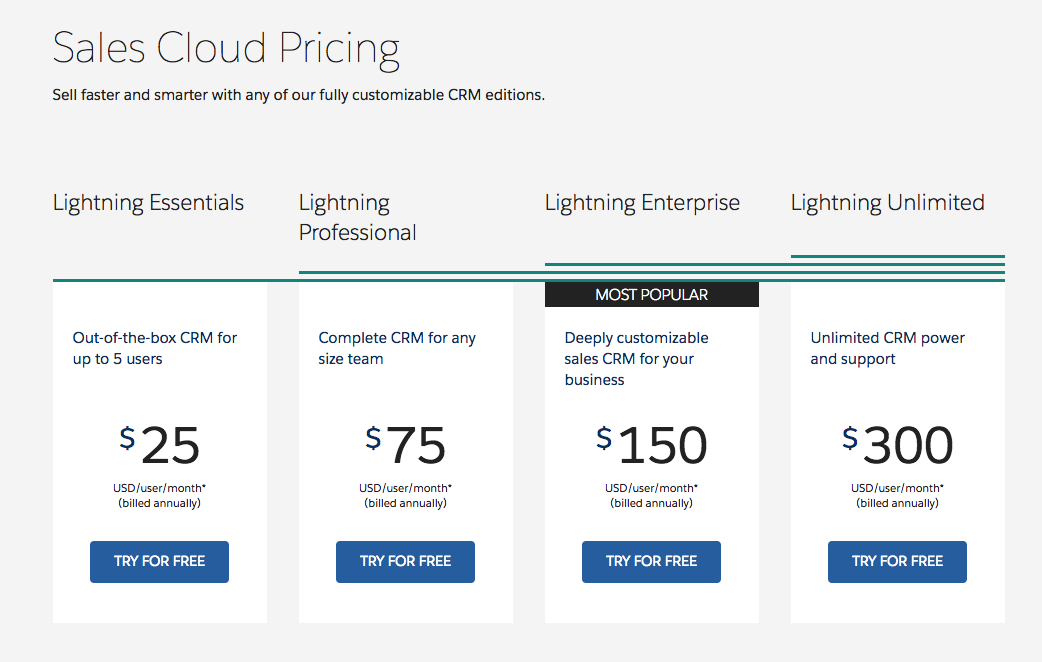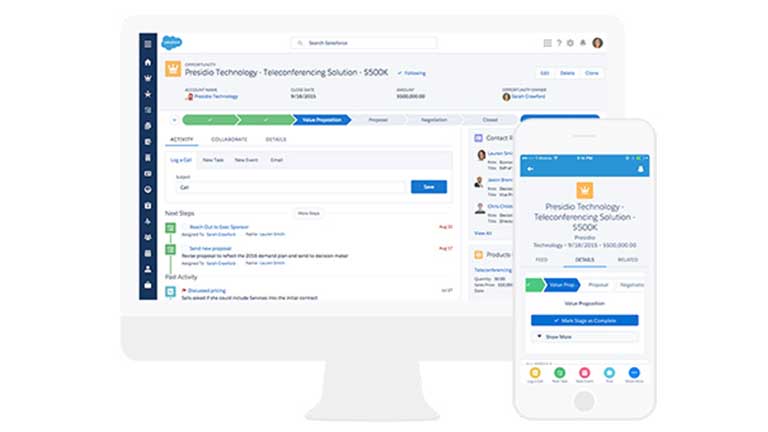DATA INTEGRATION BEST PRACTICES
Grow Your Business Faster with Data.com Clean
Weed Out Bad Data and Grow Your Business
Bad data is costing you time and money. Lots of it.
As much as 21% of a sales rep’s day is spent researching. That translates to 8.4 hours a day, nearly 1 week per month, and almost 2 ½ months per year spent on trying to find contact information. Too much time is spent researching instead of being in front of the customer. What if you were able to spend that time selling instead of trying to find the right information?
The costs of bad data are not just in time. Marketing lead lists are expensive but aren’t kept up-to-date. Without a live lead list, data quickly decays or becomes inaccurate. Says Andrea Ely of Data.com, “In the course of 30 minutes, 75 phone numbers are changed...and 30 new businesses are formed.” Live lead lists are part of customer data integration best practices offered by Data.com.
Ely, the Product Marketing Specialist at Data.com presents in this session of Dreamforce. Ely speaks to to small business owners and explains how cleaner data translates directly into business growth.
Data.com, a Salesforce service, offers two solutions: Data.com Prospector and Data.com Clean. Data.com Prospector helps develop lead lists while Data.com provides data integration best practices in maintaining the accuracy of your data.
Bad Data Is Bad for Business
There are data integration challenges: missing data, incomplete data, and duplicate data are common challenges. Ely cites an Ovum research statistic that estimate the cost of bad data to be $700 billion in poor customer relationships, poor lead generation, marketing in the wrong way, and other finance considerations. When conducting data analysis of customer’s lists, Ely has found that about 90% of her clients have incomplete databases, 25% are duplicates,and about 21% of data are dead.
Some small businesses might think it is normal to expect such holes in data, but the truth is: there are better sources of sales lead generation and purchased or rented lead lists can only provide a fraction of the results that the enterprise data integration of Data.com Clean can provide. In other words, using your organisation’s current system or using rented or purchased lists may be a cheaper alternative but the results of using Data.com for clean data are unmatched.
In order to connect with customers and grow your business the way you want, enterprise data integration is vital. Rick Endrulat of Virtual Causeways, a Salesforce customer, shares the importance of having accurate data for sales lead generation.Virtual Causeways is a sales, marketing, and research firm based in Ontario with offices in Boston and Ottawa.
Relevant, Usable Lead and Customer Data Saves Time and Money
Endrulat says that when he started his business over a decade ago, Virtual Causeways used a lot of sources of data including renting lists. Those sources of data were slow to obtain and inaccurate. “One of our biggest challenges from a data standpoint was we had millions of leads and ton of duplicates,” he explains. “Not until we started using Data.com Clean, could we actually get that database down to something that was more relevant.”
Edrulat recounted his company’s process of integrating Data.com Clean. First they used it for prospecting. “We focused the first while on prospecting and bringing in new contacts. We used Data.com Clean to fill in the gaps and make sure [the customer data] was clean.” A trigger that instigated enterprise data integration for Virtual Causeways was when a client sent out 500 costly mailers prepared by the marketing and research firm; 200 mailers were returned. The monetary cost was significant and Edrulat advised his client to really look at their lists and data. “It doesn’t matter how great your marketing campaign is, if you’re sending it to the wrong person, or if it is dead data, or bad data, it doesn’t matter,” stresses Edrulat. Virtual Causeways also leveraged Data.com for their own internal marketing and uses the enterprise data integration service as the first step to effective marketing. “There’s a certain baseline of data quality we want for our data,” says Edrulat, “Data.com helps us get to that and then it’s our job as marketers to fill in the rest.”
As Your Business Grows, It’s Important to Consider Data Migration Best Practices:
Your data should be cleaned. A tip for customer data integration best practices is to periodically sweep your data and update it. Running your data list through Data.com Clean will help you find incorrect numbers and current contact information. Data.com uses Dun & Bradsteet as well as Data.com Connect, a community of trusted members who share B2B information, to keep information current. If you’re not sure of the state of your data, you can have Data.com scan your data using the free Data.com Assessment App for an analysis of any data integration challenges.
Your data should live in one place. Having data live within your CRM program makes the information accessible to every department that needs it. Data integration best practices dictate that your data should be one place rather than several programs, lists, or applications. All departments should have access to the same data: the sales department needs good data to make contact with customers, IT needs the information to help customers, and finance needs the information for billing. When everyone has the same correct data in a central location, efficiency reigns.
Your Data Should Have a Data Steward. One person in the organisation should be tasked with ensuring the data is kept clean. A set of ground rules should be set as to what data your business wants to collect and where it will be stored in your CRM program. The best practices of data integration dictate that everyone in the organisation should operate out of the same database.
Proper Territories and Mapping Need to Be Identified. Be able to focus your efforts in the right places and the right industries. Ely cites the statistic that 30 businesses are formed and 120 business addresses will change every 30 minutes. You want to ensure you have the right information to reach new businesses.
To avoid data integration challenges, Ely offers 3 steps to cleaner data:
Assess Your Data
Assess the state of your current data and develop an action plan is the first step to ensuring clean data. While data integration challenges a company, the results are impressive. The first step might be to download the free app for Salesforce CRM users which is available on Salesforce’s App Exchange. The Data.com Assessment App will compare your lists against Data.com’s live database and inform you of discrepancies in data and how Data.com can help.
Implement Your Strategy
The second step for cleaner data is to implement a strategy. Using incomplete lists is costly. If bad data stays in your system, the costs are amplified ten times. Ely cites SirusDecisions’ study that asserts the cost of verifying a record in your database is only $1 but to cleanse a duplicate record after entry multiplies the cost by 10. If nothing is done with bad or duplicate data, the cost increases to $100 due to the wasted time, marketing, and administrative effort of working with bad data. Customer data integration best practices prove it is better to check the data as it enters the CRM system, preventing duplicate and bad information. Data.com Clean checks the data you enter against their massive databases to verify, complete, and enrich contact entries. Data.com Clean also automatically scans and enriches data entered from search engine and other Internet leads.
Measure Your Success
Lastly, you want to measure and modify your clean-database strategy. Data migration best practices suggest that the data steward of your office also be responsible to monitor the results with Data.com. Measuring marketing success rates is also crucial in understanding the ROI of your investment in clean and accurate data.
Customers who have turned on Data.com Clean have experienced impressive results. Customers report 29% more sales opportunities and sales lead generation, a 37% increase in sales productivity, and 44% improved data completeness. These results allow small business to focus on what’s most important: the customer.




